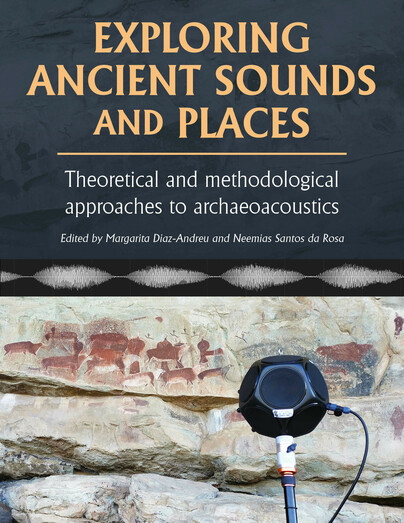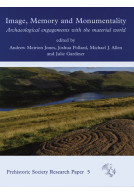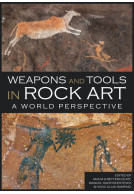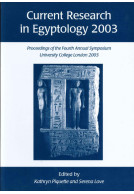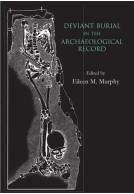Google Books previews are unavailable because you have chosen to turn off third party cookies for enhanced content. Visit our cookies page to review your cookie settings.
Exploring Ancient Sounds and Places (Paperback)
Theoretical and Methodological Approaches to Archaeoacoustics
Imprint: Oxbow Books
Pages: 312
Illustrations: 86 B/W photos and line drawings
ISBN: 9798888571774
Published: 15th October 2024
Script Academic & Professional
Pages: 312
Illustrations: 86 B/W photos and line drawings
ISBN: 9798888571774
Published: 15th October 2024
Script Academic & Professional
You'll be £38.00 closer to your next £10.00 credit when you purchase Exploring Ancient Sounds and Places. What's this?
+£4.99 UK Delivery or free UK delivery if order is over £40
(click here for international delivery rates)
Order within the next 6 hours, 16 minutes to get your order processed the next working day!
Need a currency converter? Check XE.com for live rates
(click here for international delivery rates)
Order within the next 6 hours, 16 minutes to get your order processed the next working day!
Need a currency converter? Check XE.com for live rates
Exploring Ancient Sounds and Places: Theoretical and Methodological Approaches to Archaeoacoustics brings together scholars from diverse academic fields – including archaeology, anthropology, architecture, classics, history, art history and sound engineering – to shed light on the role of sound and acoustics in the cultural practices of past societies from various chronologies and locations around the world. This innovative volume covers a broad spectrum of topics, such as the genesis of archaeological investigations into sound, the emergence of speech and song in early humans, the cognitive effects of music in ritualistic contexts, the acoustic dimensions of rock art sites, and the emotional responses elicited by sonorous activities experienced in these decorated spaces. Additionally, the book delves into the study of prehistoric musical instruments, the use of ethnohistorical sources in archaeoacoustic research, the analysis of sound imagery in medieval frescoes, and explores historical approaches to the study of specific acoustic parameters and the sonic properties of urban environments. Each chapter not only aggregates a wealth of academic perspectives but also bridges the gap between theoretical concepts and the most advanced methods used in this field of research. Case studies from all over the world illustrate the different ways in which ancient communities perceived and engaged with sound and the acoustics of the landscapes in which they were immersed.
Exploring Ancient Sounds and Places is an essential resource for scholars and students interested in archaeoacoustics and how sound has shaped the cognitive, cultural and spiritual facets of human societies across time and space.
Customers who bought this title also bought...
Other titles in Oxbow Books...







